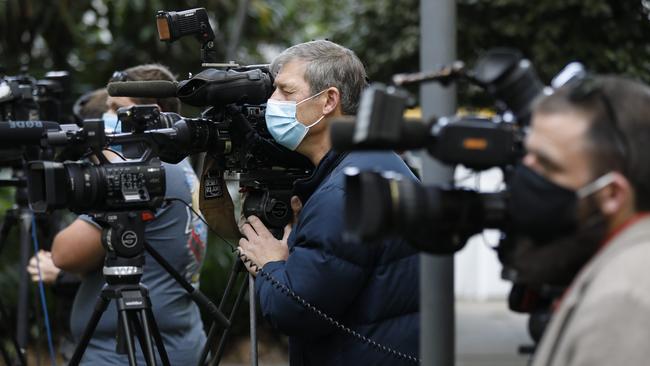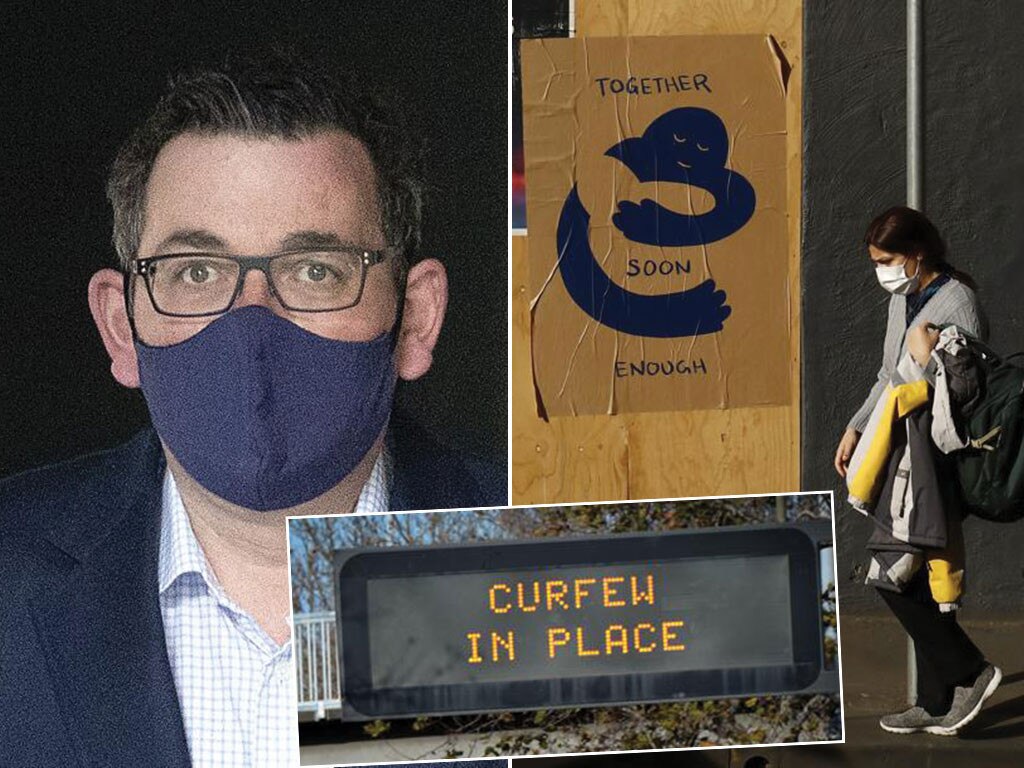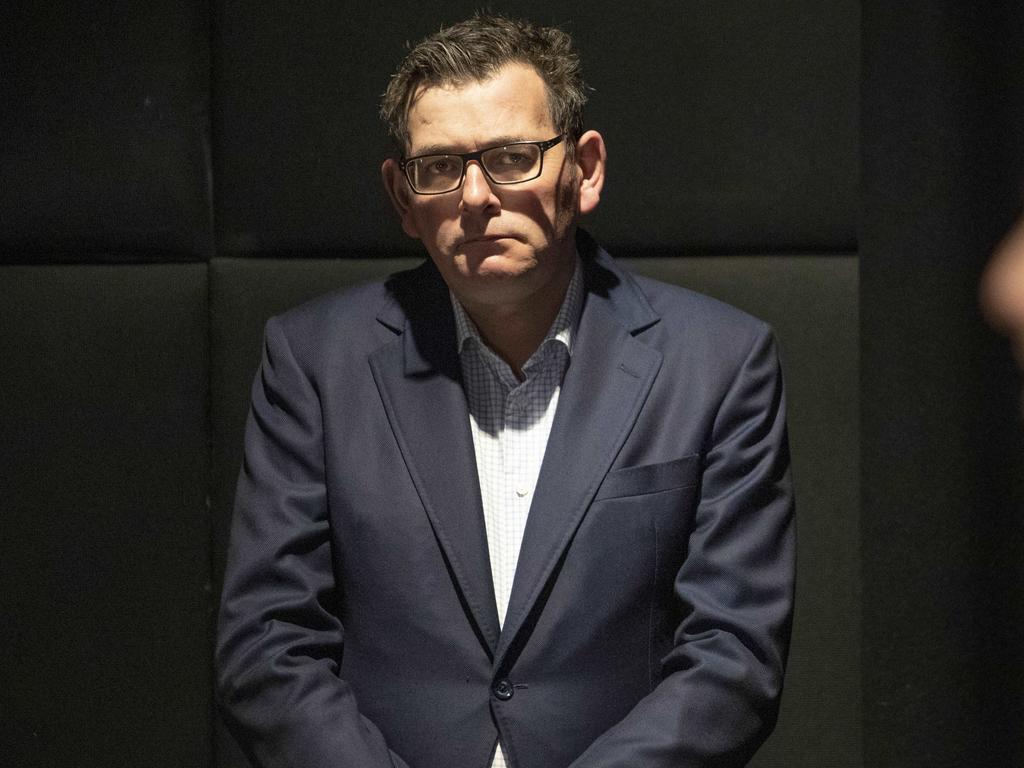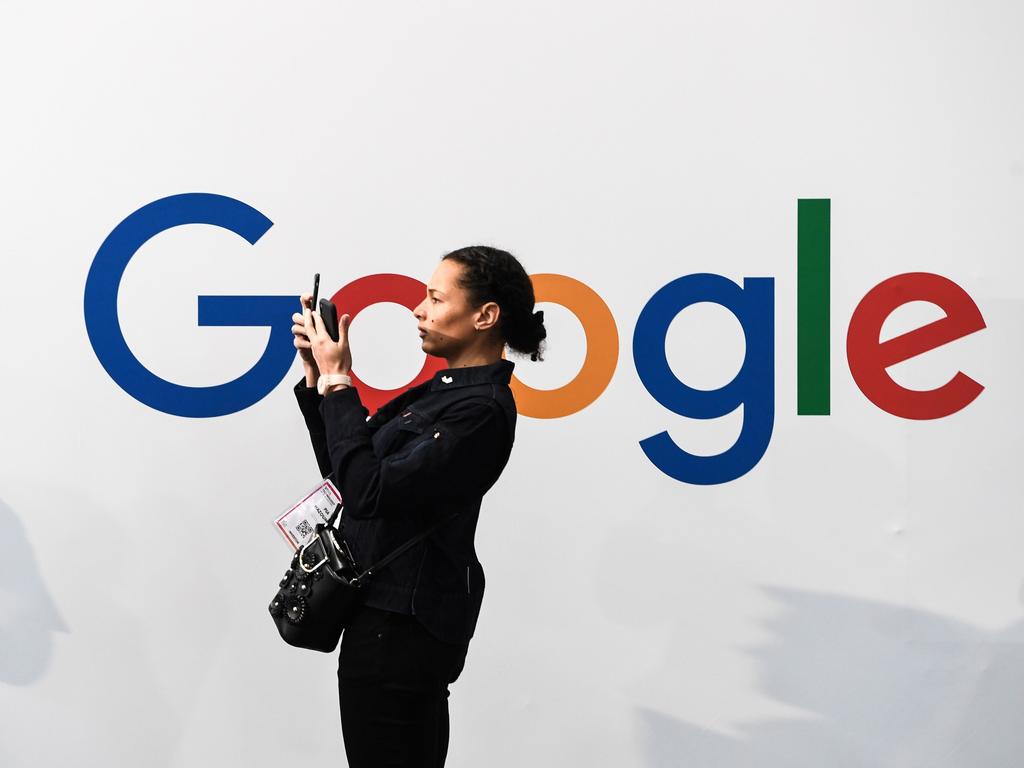Hysteria and fearmongering are undermining our rational response to the coronavirus crisis


If we were looking to lavish praise, we would talk about the commitment of our media to feed as much information as possible to the public by covering every possible angle, instantly circulating news about infection numbers, outbreak locations and government restrictions and warnings. This has extended to live coverage of daily media briefings by state and federal leaders and their chief medical advisers.
The appetite for information has been insatiable as myriad developments across every aspect of life have fuelled the news cycle, and most media organisations have weathered the cruel paradox of communicating to record audiences while suffering declining revenues and shedding staff.
The COVID-19 story is so all-encompassing that it affects the operations of the journalists covering it, just as government departments, parliaments, hospitals and businesses are buffeted and shaped by the virus while they work out ways to deal with it.
Yet surely the news media’s addiction to sensationalism and living in the moment has hindered rather than helped our response. At the very least, it has failed, so far, to foster the crucial, rational policy debate required.
News reports have been replete with references to “deadly”, “hell”, “nightmare”, and “horror” — we have been hit by a “second wave” and the virus has been “out of control”. When you compare our experience with most nations overseas, none of these terms seems applicable.
To be fair, journalists have a plausible excuse for using such inflammatory language — politicians, especially premiers, have been communicating in these terms. The chief medical officers have been noticeably more sober in their language and pragmatic in their messaging — and Scott Morrison and Health Minister Greg Hunt have tended to toe that line.
Along with the media, our politicians also seem to be adopting a short-term view of the pandemic response. There is scant consideration about where we will be in six months or a year.
As a country, we seem to have switched without formal notification from a national aim of “flattening the curve” to one of eliminating community transition. We shut down initially to give ourselves the time to increase health system capacity, yet we now see additional restrictions being put in place in Victoria when only a fraction of that capacity has been required. There is too little debate about these responses in most media. Questioning of extended lockdowns is dismissed as a “let it rip” alternative.
When UNSW economist Gigi Foster made the argument for lighter restrictions to ease economic suffering on the ABC’s Q&A program, host Hamish McDonald dubbed it “heartless” and wondered why she was “advocating” for people to die. Sadly this is the level at which our debate has become stuck between extreme lockdowns to stop a disease dead in its tracks, and a let-it-rip attitude that will cause unnecessary deaths — a rock and a hard place.
This is the false dichotomy between health and economics. In reality, there is a nuanced debate to be had about striking the right balance. The brutal reality is that lives will be lost whatever road we take. There are no easy solutions, only a search for the least worse responses.
We might be a victim of our own success in suppressing the disease so well earlier. Back in late March, if we had been presented with a national situation that delivered about 5000 active cases and just over 200 deaths by August, we would have taken it in a heartbeat.
Now, we describe it as a descent into hell, impose stricter lockdowns in Victoria and keep internal borders closed. Most foreign nations would happily swap with Victoria’s situation, let alone our national position.
None of this is to downplay the individual tragedy of lives lost or the bungles that have made a bad situation worse. The point is to consider what is realistic when dealing with a highly contagious virus that won’t be stopped.
What is largely missing from the national debate is not heartlessness but rational consideration. Nobody wants the virus running rampant, taking the lives of the vulnerable — most of us are desperately worried about elderly loved ones.
And if an effective vaccine were available soon, or we knew it would be, then our current approach would be a no-brainer. We would accept six months of inconvenience — even the decades of debt that come with it — to get through to the vaccine safe zone.
Indeed, if you cast your mind back, that was part of the argument for our lockdown — that we could get through winter to a vaccine-induced nirvana on the other side. “There needs to be a vaccine,” the Prime Minister said on April 2, encouraging Australians to prepare for six months of pain. “A vaccine ultimately enables everyone to go back to life as it was.”
If, perchance, there is an effective vaccine available before the end of this year, then Australia, New Zealand and a handful of other nations that have gone to extraordinary lengths to crush infections will be seen as the smartest and luckiest countries in the world. But increasingly the experts tell us a vaccine might be years away; or might never eventuate. What then?
We cannot and will not continue to live like this. This is not just a matter of economics — although, to be sure, we cannot possibly afford another six months like this — but as a society we cannot function like this, with people surrendering social contact, enduring isolation, depression and career and education disruption.
Whatever happens, we will not be living like this in August next year. And if we do not have a vaccine, we will be living with a coronavirus that is a deadly threat to the elderly and other vulnerable people.
We might then see that comparative death counts between countries now are meaningless because they only measure a moment in time for a pandemic that will be managed over a number of years. New Zealand, for instance, will not be able to remain a COVID-free bubble forever. When and how will it let the virus in and deal with it? Likewise, Tasmania and Western Australia.
It has been clear since February and March that we needed to protect aged-care homes, yet what we have seen in Melbourne shows we did not learn. Perhaps we focused too much on places such as schools, where the virus hardly matters, and not enough on where it really counts.
Personal responsibility has hardly been mentioned except by former foreign minister Julie Bishop in an FM radio interview. Yet this is the factor that most needs to be encouraged. Many vulnerable Australians wisely are self-isolating and taking personal responsibility for avoiding infection.
Our media, if not our politicians, needs to foster a serious debate about how we live with the virus. Instead, we have hysteria and fear generated around every outbreak, based on the pretence that we can make it go away.







The Wuhan coronavirus has stress-tested nations, leaders, systems, industries, and institutions across the world. It is likely to do so for many months and even years to come. So how has our media fared? Are journalists and news media helping or hindering our response?